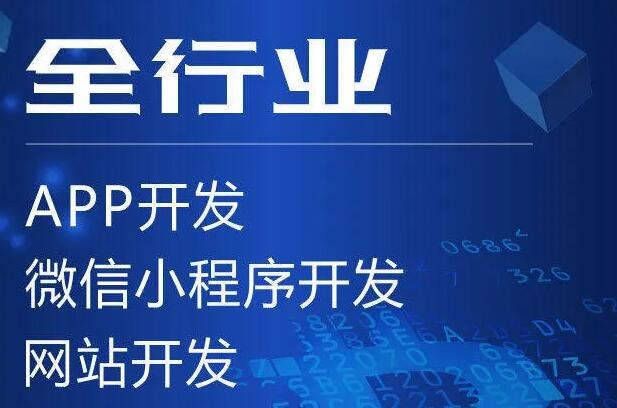中文化、本土化、云端化的在线跨平台软件开发工具,支持APP、电脑端、小程序、IOS免签等等
Title: An Introduction to Mobile Application Development
In today's increasingly digital age, mobile application development has grown immensely in popularity. With the rapid proliferation of smartphones and tablets, businesses, developers, and consumers are embracing mobile applications, also known as "apps", which are software programs designed for specific purposes, ranging from entertainment and education to finance and health. This article provides a comprehensive introduction to mobile application development, including its fundamental principles and key elements.
Types of Mobile Applications
There are traditionally three primary types of mobile applications:
1. Native Apps: These apps are specifically designed and optimized for a particular operating system (OS) platform, such as iOS or Android. They offer the best performance and user experience, but developers have to write separate code for each platform, which increases development time and cost.
2. Web Apps: Web apps are mobile-optimized websites that run within a browser. They are typically platform-independent and can be accessed across different devices. Development is easier since the same code can be used across various platforms; however, their performance and user experience are generally not on par with those of native apps.
3. Hybrid Apps: Hybrid apps are a combination of native and web apps. They use web technologies like HTML, CSS, and JavaScript but run within a native app shell. This approach offers a balance between development effort and user experience.
Mobile App Development Process
While the specifics of the development process may vary depending on the app type and complexity, the following steps provide a general overview:
1. Conceptualization: The first step in app development involves clearly defining the app's purpose, target audience, and key features. This helps to establish a strong foundation for the entire project.
2. Design: This stage includes creating the app's interface and overall aesthetic, as well as user flow and navigation. Developers typically utilize tools like Sketch or Adobe XD for designing wireframes, mock-ups, and prototypes.
3. Development: In this phase, the actual code is written, using programming languages such as Swift (for iOS), Java or Kotlin (for Android), or JavaScript (for hybrid apps). This process can be divided into two main parts: front-end (user interface and user experience) and back-end (server and database).
4. Testing: Regular testing throughout the development process helps identify and resolve bugs, ensuring optimal performance and a smooth user experience. Both manual and automated testing methods are employed, including unit tests, integration tests, and usability tests.
5. Deployment: Once the app has been thoroughly tested, it's ready for deployment. For native apps, they must be submitted to the App Store (iOS) or Google Play Store (Android) for approval, while web apps are published directly to the internet.
6. Maintenance: Post-deployment, regular updates and bug fixes are necessary to keep the app running smoothly and securely. Developers should also monitor user feedback and app analytics to make data-driven decisions related to feature enhancements and general improvements.
Key Development Tools and Technologies
Developers use various tools and technologies to build mobile applications:
1. Integrated Development Environments (IDEs): These tools help in coding, debugging, and overall project management. Examples include Xcode (for iOS) and Android Studio (for Android).
2. Cross-Platform Development Frameworks: These frameworks enable developers to write code once and deploy it across different platforms. Examples include React Native, Flutter, and Xamarin.
3. Backend Development Tools: These tools and platforms help manage server-side operations, such as databases and APIs, enabling seamless data exchange between the app and the server. Examples include Firebase, AWS, and Node.js.
4. Version Control Systems: These tools help manage and track changes to source code, ensuring streamlined collaboration among development teams. Git is a popular version control system used widely across the industry.
Conclusion
Mobile application development presents exciting opportunities for businesses and developers alike. With a thorough understanding of the fundamental principles, processes, and tools, you can begin your journey towards creating innovative, engaging, and user-friendly apps that will enhance users’ digital experiences. Here's to empowering the world with the power of mobile technology!





